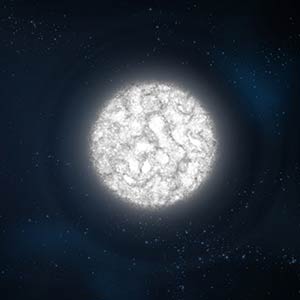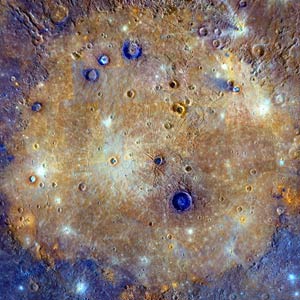Page 10


Mercury - Our Tiniest Planet
By Ginger Wentrcek
By the time the sun peeps up near the horizon on November 11, 2019, at 6:45 a.m. CST, Mercury will already have started its transit across the sun. Here are some interesting facts about Mercury, the smallest planet in the solar system.
Looking at Numbers
Let's look at some numbers for comparison purposes.
- A year on Mercury is the same as 88 days on Earth.
- A day on Mercury is the same as 176 Earth days.
- 1543 - The year astronomers first realized Mercury was a planet.
- 0 - Number of seasons on Mercury. It has the smallest tilt.
- 0 - Number of moons (None discovered at this point)
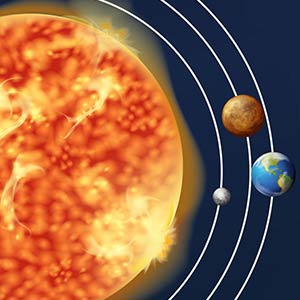
High and Plunging Temperatures
One would think that being so close to the sun, Mercury's temperatures would always be H-O-T, but that is not the case. Compared to all of the planets in the solar system, it has the greatest temperature fluctuations from day to night. Temperatures can reach 840° F in the daytime but plunge to minus 275° F at night.
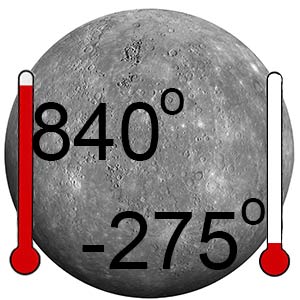
Caloris Basin
Looking at the giant Caloris Basin on Mercury, surrounded by mountains that are about a mile high, one can deduce that something pretty large hit it to make a basin as large as the state of Texas. How big was the meteor that hit it? It's just an estimate but scientists think it was hit with something that was about 60 miles wide. Now compare that to the meteor that wiped out the dinosaurs - it was a paltry 6 miles across.
Image Credit: NASA/Johns Hopkins University Applied Physics Laboratory/Carnegie Institution of Washington
The Smallest Planet
Once Pluto got kicked out of the planet line-up, Mercury took the title of smallest planet. Which of the following compare in size to Mercury?
- The United States
- South America
- Antarctica
If you selected the United States, you are correct. Mercury's diameter is approximately 3,030 miles in diameter.
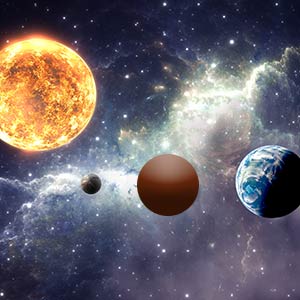
Ancient Sighting
Then: Because they saw Mercury two times each Earth day, early civilizations thought they were seeing two different stars - a morning star and an evening star.
Now: Not much was known about the surface of Mercury until 1974 when the Mariner 10 spacecraft took the first images of its surface.

A Little Wobble
Like a big jar of water that sloshes around when it is moved, Mercury's sloshing molten core is believed to be responsible for the wobble in its rotation.
